Crunching the Codes: Tag Rugby vs. Touch Rugby vs. Full Contact Rugby
Rugby has long been renowned for its physicality, passion, and camaraderie. However, there's more to the game than just one style of play.
Over the years, variations of rugby have emerged, each offering its unique flavour and set of rules.
Today, we dive deep into the world of rugby's different codes, comparing and contrasting Tag Rugby, Touch Rugby, as well as full contact Rugby Union and Rugby League
So, grab your rugby boots, fasten your chin strap, and let's explore the nuances that make each code special.
Full Contact Rugby - Rugby Union & Rugby League

Full Contact Rugby, the traditional form of the sport, encompasses both Rugby Union and Rugby League, each with its distinct characteristics.
It presents a true test of strength, skill, and bravery, embracing the physicality for which rugby is renowned.
Within these codes, players immerse themselves in bone-crushing tackles.
Some players opt for protective gear of shoulder pads and headguards, so they are mentally and physically prepared for the adrenaline-fueled combat that awaits them on the field.
In Rugby Union, players aim to carry or kick the ball across the opposition's try line, employing a combination of agility, strength, and tactical acumen.
The contest unfolds through phases of play, with teams engaging in battles for possession and territory. Contested scrums, lifting in line-outs, rucks and mauls are all elements unique to rugby union.
Skilful ball handling and kicking, strategic decision-making, and teamwork are key components in gaining an advantage over the opposition.
The relentless pursuit of physical dominance and tactically outmanoeuvring the opponents are the ultimate objectives on the path to securing victory.
On the other hand, Rugby League diverges from Rugby Union in several aspects. In this code, the focus is on faster gameplay and frequent ball movement. Rugby League features fewer players on each team (Rugby League has 13, compared to union's 15), with more emphasis on quick passes and running with the ball.
Tackles in Rugby League tend to be more open and dynamic, with the tackled player quickly releasing the ball to maintain the fluidity of the game.
The aim remains the same - crossing the opposition's try line - but Rugby League places a stronger emphasis on speed, agility, and executing cohesive attacking plays.
While both Rugby Union and Rugby League fall under the umbrella of full contact rugby, the nuances between the two codes create unique playing experiences.
Rugby Union showcases the intricate balance of physicality, strategy, and skill, with battles fought in the scrums, mauls, rucks and lineouts.
Rugby League, on the other hand, prioritizes speed, agility, and dynamic ball movement, fostering a high-tempo and exciting brand of rugby.
Whichever code you choose, full-contact rugby, whether it be Rugby Union or Rugby League, epitomises the enduring spirit of the sport - a thrilling and fiercely contested arena where players lay everything on the line, pushing their limits both mentally and physically to emerge victorious.
Tag Rugby:

Tag Rugby takes a different approach, focusing on agility, evasion, and quick thinking. This non-contact code provides a fantastic alternative for those who want to experience the thrills of rugby without the bone-crunching collisions.
Instead of tackles, players wear Velcro tags around their waist, and opponents must remove these tags to halt the ball carrier's progress.
Tag Rugby fosters a dynamic, fast-paced style of play that requires sharp reflexes, clever footwork, and seamless teamwork.
It emphasises strategy, spatial awareness, and accurate passing, as players seek gaps in the defence to exploit.
With no fear of bone-rattling tackles, Tag Rugby is an excellent choice for players of all ages and abilities.
Touch Rugby:

Touch Rugby, similar to Tag Rugby, focuses on evading opponents without the need for physical contact.
In Touch Rugby, instead of removing tags, players lightly touch the ball carrier with their hands, signalling a tackle.
The ball is then played again from where the touch occurred, allowing for continuous, fluid gameplay.
Precision, speed, and agility are the key ingredients of Touch Rugby.
Players must master lightning-fast passing, exploit gaps in the defence, and use their spatial awareness to create scoring opportunities.
The game demands exceptional fitness, vision, and communication between teammates, making it an exciting and strategic alternative to the full-contact version.
In the world of rugby, the choice between full-contact Rugby, Tag Rugby, or Touch Rugby ultimately depends on your personal preferences and objectives.
If you seek the heart-pounding intensity and physicality of the sport, Full Contact Rugby is your battlefield.
On the other hand, if you prefer a more inclusive and accessible experience, where agility and evasion take centre stage, Tag Rugby or Touch Rugby are excellent choices.
Regardless of the code you choose, one thing is certain - rugby unites players and fans alike through its core values of teamwork, respect, and resilience.
So, whether you find yourself in the trenches, dancing through tags, or gliding across the field with a gentle touch, embrace the spirit of rugby and revel in the beauty of this incredible sport.
Remember, rugby is more than a game - it's a way of life. So, grab your mates, don your rugby shirt, and prepare for battle, whatever form it may take.


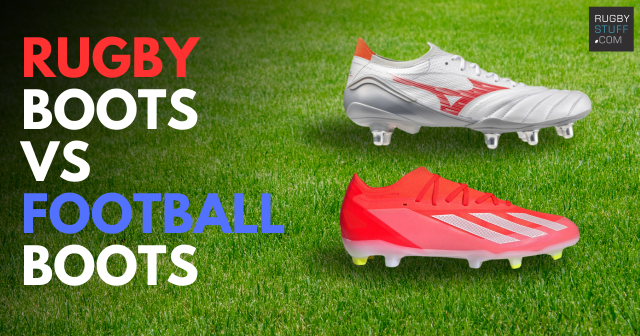
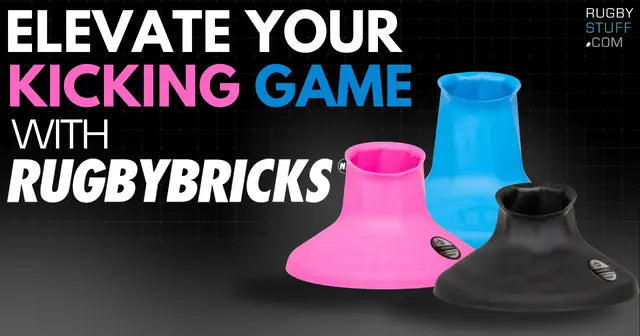
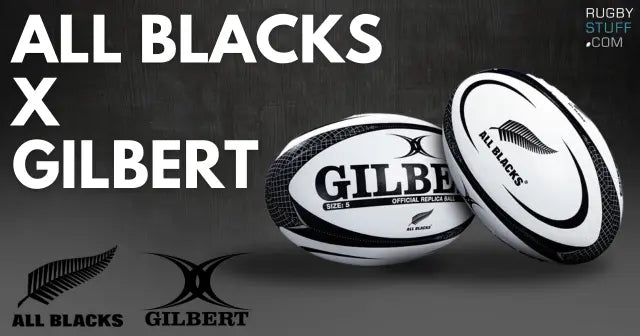
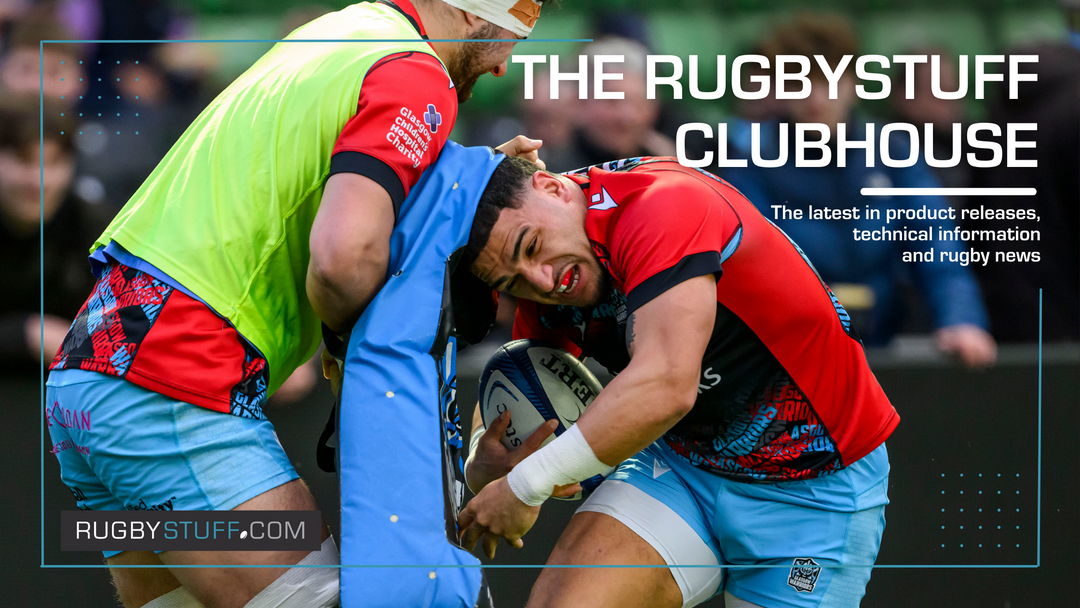
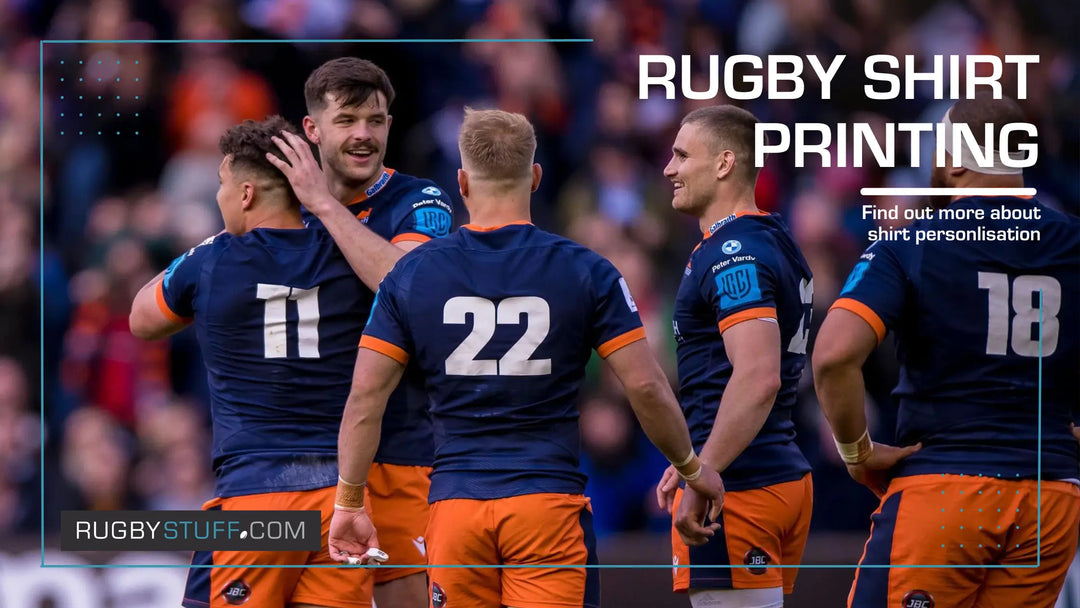
Leave a comment